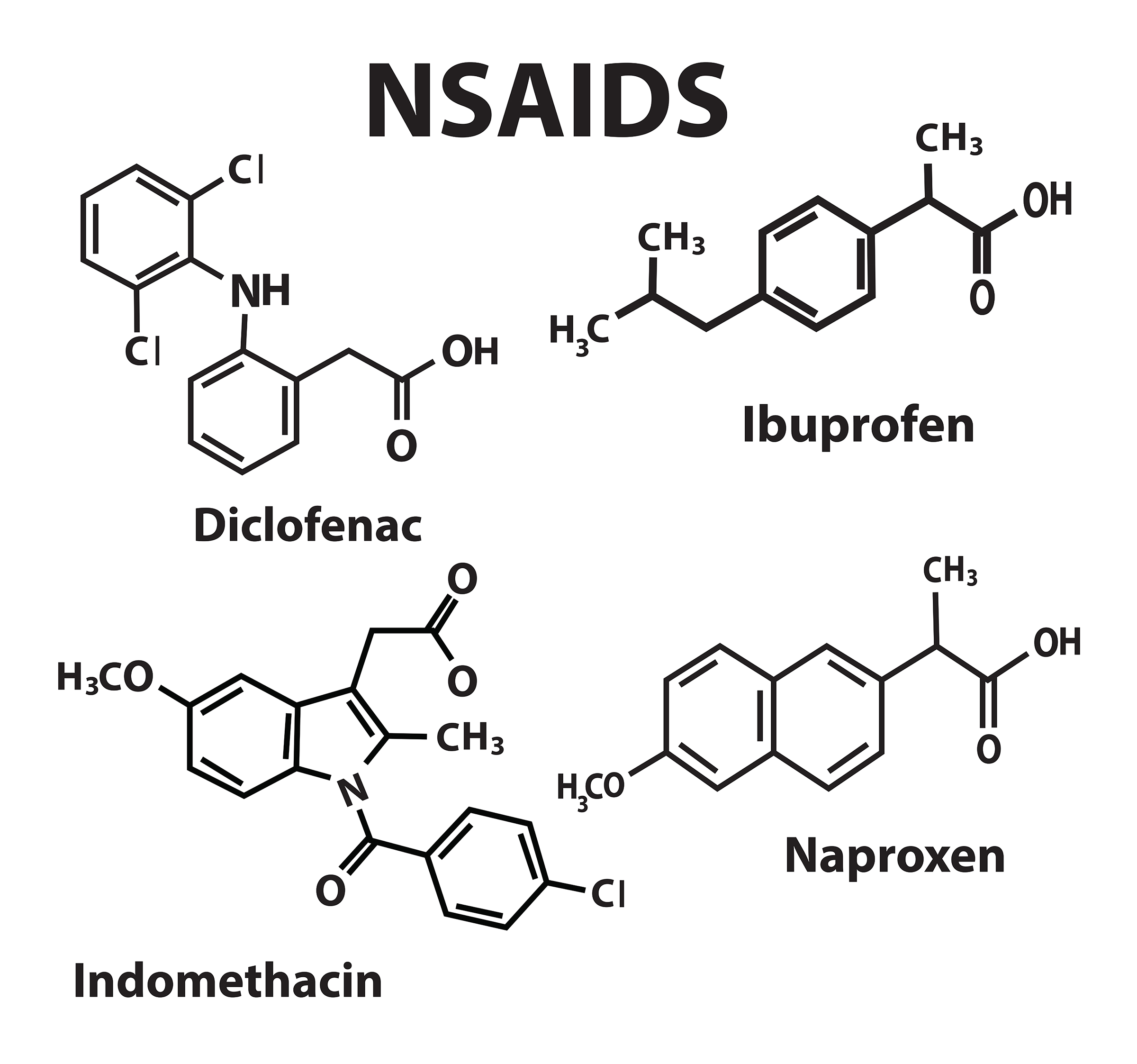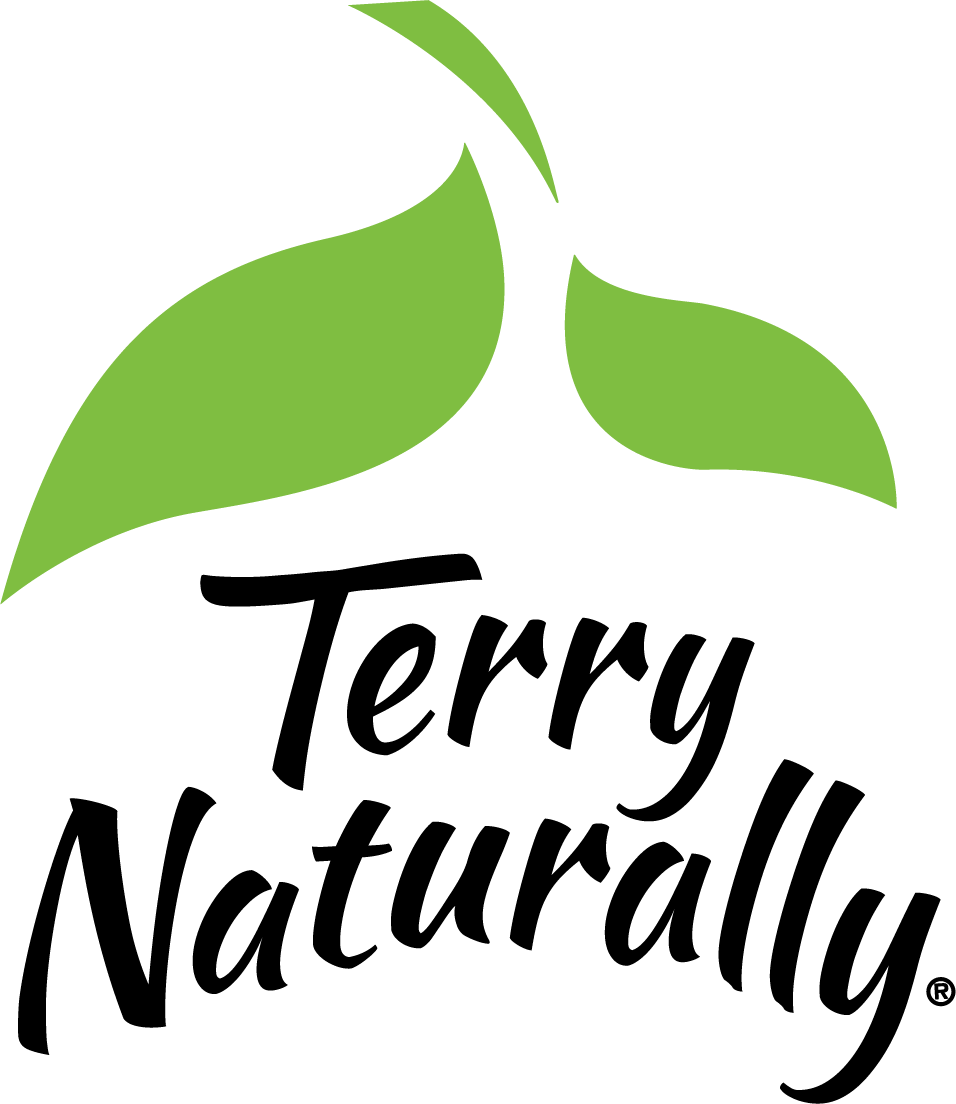But there is some good news; curcumin blended with turmeric essential oil, a source of ar-turmerone, can help you in many ways:
- Relieve chronic and acute pain
- Works safely without risks to your stomach, liver, or brain
- Protects your muscles and joints from damage
- Gets to the source of inflammation – doesn’t just cover symptoms
- Works through many pain pathways, not just one

Many people think that common pain relievers, including non-steroidal anti-inflammatory drugs, better known as “NSAIDS”, are the only way to relieve pain. But there are better solutions.
Natural ingredients to stop pain and joint damage are incredibly effective and safe. They reduce enzymes associated with pain, like COX-2 and more, without side effects or health risks. And the risks of over-the-counter and prescription drugs are serious. They can lead to stomach upset, gastric and liver damage, ulcers, and even heart attacks. In fact, one analysis showed that the use of common NSAIDs can increase your cardiovascular disease risk by 30 percent, and risk of death from cardiovascular causes by 46 percent!
Prescription Dangers
The use of NSAIDs accounts for over 16,000 deaths every year. Prescription drugs such as celecoxib (one brand name is Celebrex) and diclofenac sodium (one brand name is Voltaren) are two NSAIDs frequently recommended for osteoarthritis, rheumatoid arthritis, and other long-term, chronic joint and muscle pain. But they are far from being benign. While both are widely used, they also can cause ulcers, headaches, dizziness, kidney damage, and risk of cardiovascular disease.

Additionally, researchers are questioning whether or not blocking the activity of these enzymes works well in the long term. Small levels of inflammation – not enough to cause disease, but enough to encourage repair – can help build muscle tissue and physical resilience. Cutting that process off completely doesn’t always help in the long term. Additionally, some studies have found that pain, swelling, and hamstring injuries didn’t improve with NSAID use any more than they did with a placebo. That could be because the NSAIDS are actually delaying cartilage healing and muscle regeneration. Unfortunately, there is really no completely “safe” level of NSAID use. Even if you haven’t used them much, these drugs can still increase your risk of a heart attack or stroke.
“Over-the-Counter” Doesn’t Mean “Safe!”
I talk a lot about the hidden dangers of prescription drugs, but the fact is, some of the most regularly used over-the-counter pain relievers are also some of the most dangerous.
• Ibuprofen (i.e., Motrin and Advil) Ibuprofen is one of the most popular NSAIDs available, but that doesn’t mean it should be the “go to” drug for pain. That’s because it can cause stomach pain, nausea, gastric bleeding, ulcers, confusion, hypertension, increased risk of heart attack and stroke, swelling or rapid weight gain, urinating less than usual or not at all, kidney failure, fever, sore throat, headache, rash, bruising, severe tingling, numbness, muscle weakness, neck stiffness, chills, increased sensitivity to light, and convulsions or seizures.
• Acetaminophen (i.e., Tylenol) Acetaminophen is not officially classified as an NSAID, but it remains an incredibly over-used pain reliever. But it is not safe. Acetaminophen use is actually the number one cause of liver failure, as well as the most common cause of serious overdose in North America. Combining it with alcohol increases its harmful liver effects. Beyond that, it depletes glutathione, one of your body’s vital, natural antioxidants and detoxifying compounds. Acetaminophen use and overuse is also associated with nausea, vomiting, abdominal tenderness, interference with normal blood clotting, weakness, kidney failure, and in the cases of severe overdose, death.
• Diphenhydramine (i.e., Benadryl) While also not an NSAID, allergy medicine is especially popular with people who are in pain and actually using it for one of its side effects – sleepiness. But that artificially-generated fatigue comes at a steep cost. That’s because the other side effects of this drug include motor impairment, dry mouth and throat, flushed skin, increased heart rate (tachycardia), blurred vision, lack of pupil accommodation which can lead to dangerous falls in older adults, abnormal sensitivity to bright light, urinary retention, constipation, difficulty concentrating, short-term memory loss, visual disturbances, hallucinations, irregular breathing, dizziness, irritability, itchy skin, confusion, decreased body temperature, erectile dysfunction and delirium.
Curcumin: A Safe, Effective, Smart Pain Reliever
You’ve most likely heard a lot about curcumin, or its parent plant, turmeric. In fact, the two are frequently confused, but the fact is, curcumin is a compound from turmeric.
Turmeric (Curcuma longa) has been an integral part of Indian medicine and cuisine for thousands of years. But while turmeric provides curcumin, the two shouldn’t be confused when you’re looking for pain relief or any of curcumin’s other established benefits.
Unstandardized turmeric powder contains only about two to three percent curcumin content. Main thing to remember about curcumin is this: If you are trying to get a therapeutic response, you need to make sure you’re getting a high enough dosage that absorbs well. Blending it with turmeric essential oil can make all the difference. A clinically studied curcumin – the subject of over 85 published studies – does exactly that. It combines curcumin with turmeric essential oil (also a source of aromatic turmerone, an additional anti-inflammatory compound) to ensure it gets absorbed better and stays in the bloodstream longer. Curcumin is one of the world’s best studied, botanical compounds. It works through virtually every pathway in the body, including COX-2, the same target of the many conventional drugs that cause organ damage and side effects. With curcumin, the only side effect is better health because it prevents a wide spectrum of inflammatory and oxidative damage, relieves chronic and acute pain as effectively – and much more safely – than NSAIDs.
Clinical Results
So can curcumin stop pain? Let’s look at the research.
One study used curcumin blended with turmeric essential oil, and involved three groups of 45 individuals with rheumatoid arthritis. One group received diclofenac sodium; another received 500 mg of the curcumin twice daily; and the third received both diclofenac sodium and curcumin. It turns out that curcumin was more effective than diclofenac sodium at reducing joint pain and swelling. Combining curcumin with the drug didn’t make it more effective, and taking the drug alone was actually less effective. Plus, those taking the drug alone struggled with more side effects – 14 percent in that group dropped out for that very reason, while nobody dropped out in either curcumin group.
Another study compared this same curcumin to diclofenac for osteoarthritis. While diclofenac is widely used, it is well known to cause side effects, which can include stomach ulcers, acid reflux, GI bleeding, headaches, dizziness, and even kidney damage. This study found that curcumin provided just as much pain relief as the prescription drug, but with a much higher level of safety. In fact, 28 percent of the people taking diclofenac in this study had such severe gastrointestinal issues, they had to take a second drug to alleviate stomach pain and acidity caused by the first drug. In this study, the dosage of the curcumin – which is easy on the stomach – was 500 mg, taken three times daily, making it a simple regimen for anyone looking to relieve pain.
Another osteoarthritis study compared a combination of this same curcumin with boswellia versus a generic celecoxib. It divided 28 volunteers into two groups; one received a 500 mg blend of curcumin and boswellia (Boswellia serrata) twice daily and the other received the generic celecoxib (100 mg) twice daily. The botanicals were dramatically better. Only 29 percent of those taking celecoxib noticed any benefits. In the botanical group, 64 percent improved to such a high degree that they went from having “moderate to severe arthritis” to only “moderate to mild arthritis.” And that improvement occurred without side effects.
One thing to note about this study is that it used boswellia that was standardized for reduced beta-boswellic acid and higher levels of AKBA, making a more effective anti-inflammatory ingredient, especially for 5-lipoxygenase or “5-LOX” related-inflammation, which, left unchecked, can destroy your joints. Two additional ingredients that work synergistically with curcumin and boswellia are DLPA and nattokinase. DLPA is a combination of d- and l-phenylalanine. These two amino acids help preserve your body’s own endorphins and natural pain-fighting compounds. They also help improve mood, which is a big factor in pain relief. Nattokinase is an enzyme that helps the curcumin, boswellia, and DLPA move through the bloodstream to reach sites of pain even more effectively.
Choose Curcumin for Real Relief that Doesn’t Compromise Your Health
Prescription and over-the-counter (OTC) drugs are not a long-term solution. Their side effects – stomach upset, liver damage, and increased risk of death from a heart attack – show that they can only be used for very limited situations. Fortunately, there are better choices out there. Clinically validated curcumin is one of them. You can stop pain and damaging inflammation and add something to your daily regimen that will actually promote good health, rather than detract from it.
To safely and effectively relieve all types of pain, I recommend 2,181 mg of high absorption curcumin, uniquely standardized boswellia, DL-phenylalanine, and nattokinase taken one to three times daily.
